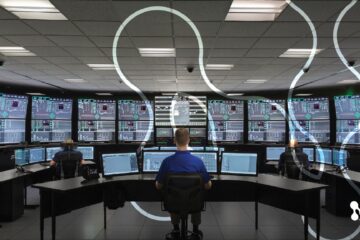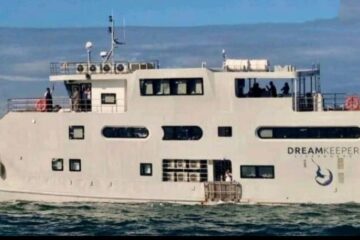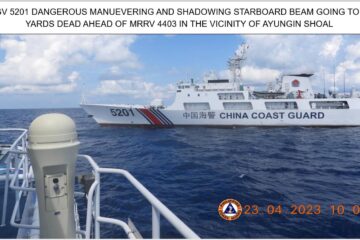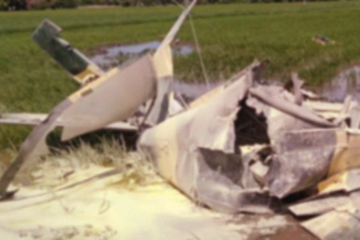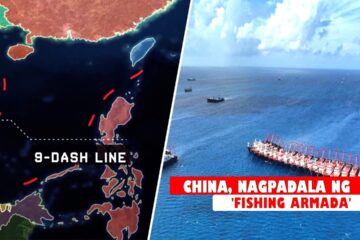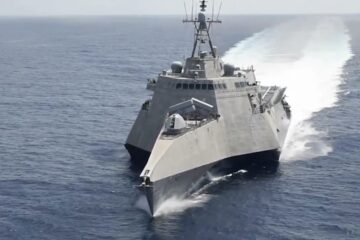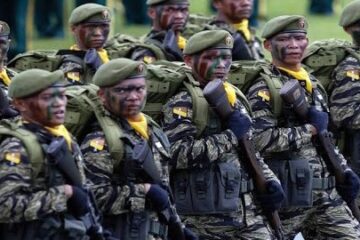The Philippines thoroughly upgrade the neglected area of air capability. In order to secure the air space, the country acquires several assets such as aerial surveillance and air force capable of intercepting unwelcome intruders. The country already acquires several assets from Israel to fill the gap in this area, and recently the Philippines buy an air defense package from Japan.
The Philippines is among several Asian countries that are involved in territorial disputes with China, which has been seen increasing military presence in the South China Sea.
Mitsubishi Electric Corp. won an order to deliver air radar systems to the Philippines for around Php 5.5 billion. The first defense product export from Japan, excluding parts, since its lifted arms trade ban in 2014.
The radar to be developed is based on the JFPS3 and JTPS-P14. The Japan Self-Defense Forces employed this type of radars, and this same technology will be used for the Philippine Air Force.
JFPS3 can detect approaching fighter jets and missiles and used as part of Japan’s defense system against North Korea’s missile threats. JTPS-P14 is an anti-aircraft radar system usually carried on vehicles.
Japan provided used SDF training aircraft to the Philippines for free, and despite their country has not yet exported any complete defense products. The Philippine Navy five Beechcraft TC-90 aircraft were fully delivered in 2018. The Philippines is considered as the first beneficiary of transferring excess defense equipment to another country after an amendment in Japanese law related to military equipment.
The NOA is a written confirmation of the grant of a contract to a successful project proponent. Contract signing could be in 60 days, one of the officials said.
The government-to-government deal involved the supply of P5.5 billion worth of three fixed and one mobile radar systems. The project under the Philippine military modernization program’s Horizon 2 is expected to be delivered by late 2021 or 2022.
The Philippine Air Force will have to wait a little longer for its air defense radar to deal with Mitsubishi Electric to fructify as the deadly COVID-19 virus continues to spread.
Philippine Coast Guard Additional Patrol Vessel
In February this year, the Philippines and Japan sign a new contract for the two biggest vessels for the Philippine Coast Guard. Both vessels will be equipped with secured communication systems for Exclusive Economic Zone (EEZ) surveillance, helideck, and a hangar for helicopter operations, an underwater remotely operated vehicle for subsurface search and survey, and high-speed rubber boats.
The MRRVs have a length overall of approximately 94 meters. They also have a maximum speed of 24 knots, and an endurance of around 4,000 nautical miles. They will contribute significantly to enhancing speed of response to maritime accidents or crimes on the high seas.
In 2018, the 10th ship of the Philippine Coast Guard 44-meter multi-role response vessels from Japan arrived in the country. The arrival and commissioning of this vessel represent the end of a two-year commissioning process for the whole class of new vessels. The MRRVs have a length overall of approximately 94 meters. They also have a maximum speed of not less than 24 knots, and an endurance of not less than 4,000 nautical miles. They will contribute significantly to enhancing speed of response to maritime accidents or crimes on the high seas.
Mitsubishi Shipbuilding has signed an agreement with the Republic of Philippines to construct two multi-role response vessels (MRRVs) for its Navy which will be built at Shimonoseki Shipyard in Japan for delivery in 2022.







